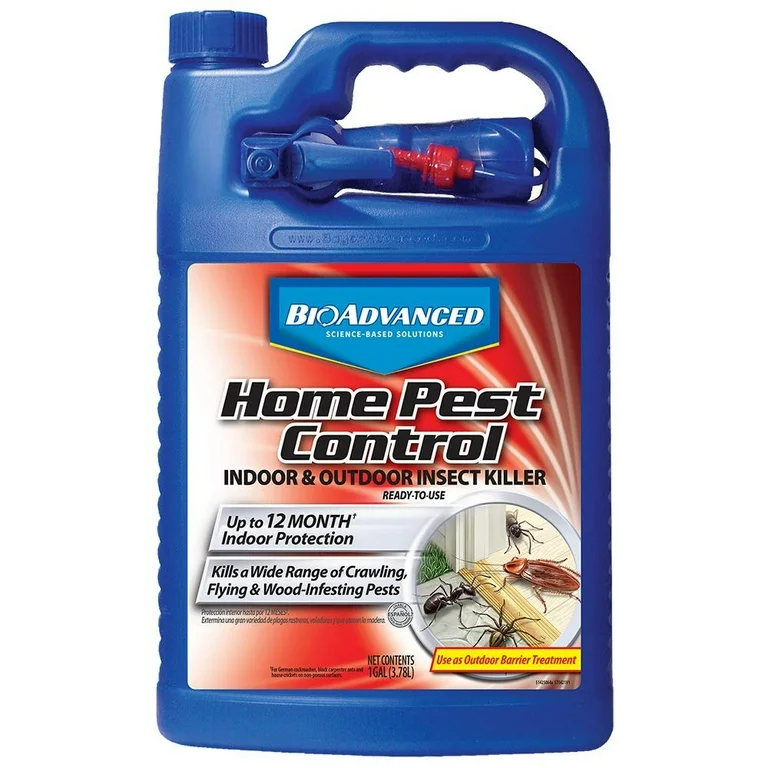Effective A1 Bed Bug Treatment in Charlotte - Safe and Proven Methods
Effective A1 Bed Bug Treatment in Charlotte - Safe and Proven Methods
Blog Article
Bed Insect Therapy Malfunction: Contrasting Chemical Vs. Non-Chemical Solutions
In the realm of insect control, especially when managing the consistent problem of bed bugs, the choice in between chemical and non-chemical treatment services can be a critical one. Both methods provide unique benefits and disadvantages, influencing aspects such as effectiveness, safety and security considerations, and total expense. By taking a look at the nuanced details of each approach, a clearer understanding of which path to seek in attending to a bed pest problem can be attained.
Performance of Chemical Treatments
Chemical therapies for bed pest problems have been widely recognized for their powerful and rapid effectiveness in removing these bugs. When taking into consideration the performance of chemical treatments, it is essential to recognize that they can give a quick and comprehensive option to a bed pest issue.
Furthermore, chemical treatments have the benefit of using recurring impacts, meaning that they can proceed to remove bed bugs even after the first application. This recurring action is especially advantageous in combating any prospective re-infestations. Furthermore, the quick activity of chemical treatments can bring alleviation to individuals dealing with extreme bed bug invasions, permitting them to restore control of their home quickly.
Security Worries With Chemical Solutions
One essential facet that requires mindful factor to consider when using chemical options for bed bug treatment is guaranteeing the safety and security of occupants and the setting. Direct exposure to certain chemicals utilized in bed pest therapies can lead to respiratory issues, skin irritability, or various other unfavorable responses, particularly in people with pre-existing problems or sensitivities.
In addition, the environmental impact of chemical remedies is an additional substantial factor to consider. Some pesticides made use of in bed pest treatments may be unsafe to valuable bugs, wildlife, and communities if they leach right into the soil or water systems. It is important to make use of chemical treatments carefully, adhering to safety and security guidelines, and taking into consideration much less toxic options to minimize these risks and make sure the efficient and risk-free monitoring of bed insect invasions.
Advantages of Non-Chemical Techniques
Taking into consideration the potential safety issues and environmental influence connected with chemical remedies for bed insect therapy, exploring non-chemical techniques offers an appealing alternative with numerous distinct advantages. Non-chemical therapies are environmentally pleasant, as they do not contribute to air or water contamination, making them a sustainable choice for bug control.
In addition, non-chemical solutions can be efficient in targeting bed insects, including hard-to-reach areas where chemical therapies may not penetrate. Methods such as warmth treatment, vacuuming, steam cleansing, and bed mattress coverings provide complete elimination without the use of unsafe chemicals. Moreover, non-chemical strategies can be less turbulent, calling for minimal prep work and permitting quicker reentry right into treated locations. On the whole, choosing non-chemical bed pest treatment approaches not just prioritizes security and environmental protection but likewise makes sure reliable and detailed parasite control.
Limitations of Non-Chemical Treatments

Additionally, non-chemical treatments often call for numerous applications to attain effective elimination. This can be lengthy and may not always assure complete removal of all bed pests and their eggs, specifically in covert or hard-to-reach areas.
Additionally, the success of non-chemical treatments greatly relies upon correct application and thoroughness, which can be challenging for individuals without professional knowledge. Poor application of non-chemical methods might result in incomplete elimination, causing relentless infestations and the demand for added treatments.
Consequently, while non-chemical treatments have their advantages, it is important to recognize these constraints and consider them when establishing the most efficient strategy for managing bed insect problems.
Expense Contrast: Chemical Vs. Non-Chemical Options
Offered the restrictions connected with non-chemical treatments, an essential element to examine in the context of bed pest management is the cost comparison between chemical and non-chemical options. In contrast, non-chemical treatments like warm therapy or steam can be a lot more pricey, with expenses ranging from $1,000 to $6,000 for an entire home. While the initial price of chemical therapies might seem reduced, numerous treatments may be needed to completely get rid of the invasion, potentially raising the total cost.
Verdict

Considering the possible security problems and environmental impact connected with chemical remedies for bed pest treatment, checking out non-chemical approaches provides a promising alternative with numerous distinct benefits.Provided the restrictions linked with non-chemical therapies, an essential element to review in the context of bed insect management go to this web-site is the price contrast in between chemical and non-chemical options. In contrast, non-chemical treatments like warmth treatment or steam can be more expensive, with expenses varying from $1,000 to $6,000 Visit Website for a whole home. While the preliminary expense of chemical treatments might appear reduced, multiple therapies may be required to totally eliminate the infestation, possibly increasing the total expense.In verdict, when comparing chemical and non-chemical bed pest treatment alternatives, it is important to think about effectiveness, security, benefits, limitations, and expense.
Report this page